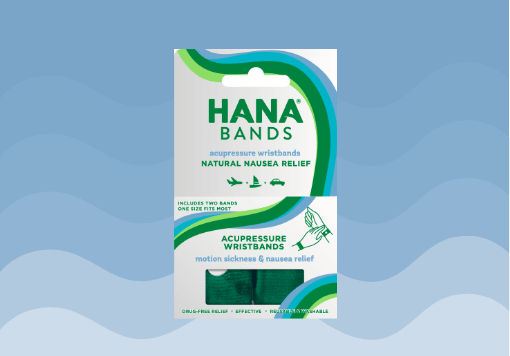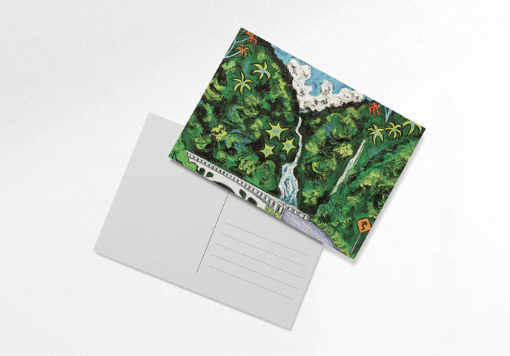Biodegradable plastic can be a confusing term because it sounds like the plastic will break down and mix into the soil, similar to what a banana peel might do. The misleading title is a problem because that simply isn’t the case. Biodegradable items will break down under very specific circumstances, including high heat. So what are the problems with biodegradable plastics?
Biodegradable Plastics
- What Are the Specific Conditions Needed to Biodegrade?Biodegradable plastics will decay above 50 degrees Celsius. This is unlikely to happen unless it is in direct sunlight for a prolonged period of time.
- What Do Biodegradable Plastics Do in the Ocean?Biodegradable plastics act much in the same way as normal plastic when they get thrown into the ocean. They do not float to the top to get torched and broken down by the sun. They sink to the ocean floor and stay there, just like their plastic counterpart.
- What Do Biodegradable Plastics Do in a Landfill?Buried in a landfill, biodegradable plastics do not reach the degree level that they need to decay. Therefore, they fill the landfill and do not deteriorate over time like a banana peel would and as the name may suggest.
- How is Biodegradable Plastic Made?Similar to its conventional plastic counterpart, biodegradable plastic is made from petrochemicals. In the process, there are more chemicals added to ensure that the plastic breaks down quickly when exposed to air and high temperatures. The plastic is, therefore, biodegradable, but only under certain circumstances.
Biodegradable plastics can act and look a lot like normal plastic, not offering a solution to the harm that plastic has put on our environment by crowding landfills and the ocean floor. But when it has the label of biodegradable plastic, people feel more comfortable using it. Consequently, this misleading name can lead to the promotion of single-use plastic for those who may otherwise make a more responsible decision.
Avoiding Single-Use Plastic
Do not let the name fool you. Whether you are using biodegradable plastic or normal plastic, it is best to avoid single-use plastic altogether. You can add simple steps to your life to do so, including the use of:
- Fabric produce bags at the grocery store
- Silicone, reusable snack bags for packed lunches
- Reusable water bottles
- Metal or reusable straws
- Glass jars for travel-sized shampoo and conditioner
- Glass jars for grab-and-go snacks
- Sustainable packaging in pre-packaged products
Reduce your carbon footprint by staying educated on the “biodegradable” products and continuing to keep your environment-saving habits. Simple changes in your life can make a huge, positive impact on the environment.
At Hana Tonic, our blend of tasty ingredients can be taken for nausea relief, digestive issues, or as your daily ginger kick.. Our product is packaged sustainably in glass bottles,which can (and should!) be recycled. If you suffer from motion sickness or morning sickness, the concentrated ginger has stomach-soothing properties. Use this handy shot when you’re out and about and a surge of nausea comes on, or keep it with you for an everyday boost of healthy ingredients and antioxidants.



